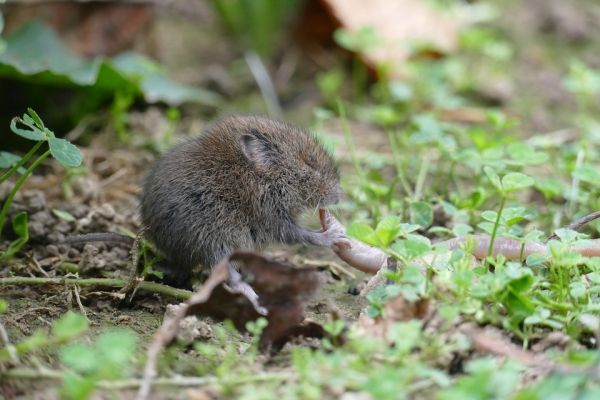A decades-long study of voles on the Norwegian archipelago of Svalbard is offering insights into a longstanding puzzle of Arctic ecology---effectively, what drives the well-established population cycles of small Arctic mammals, such as voles and lemmings.
These plant-eating rodents are among the most populous mammals in the Arctic and are critical parts of the food web. The results, published online in the journal PNAS by a team of Canadian and Norwegian scientists, suggest the importance of predators as a primary factor driving the regular, three-to-five-year cycles of abundance in small mammal populations. In essence, the study shows that bottom-up, herbivore-plant interactions fail to generate such population cycles.
“What we have on Svalbard is a unique situation where the voles have no specialized predators, which is very different from their counterparts in other parts of the Arctic,” says Dr. Dominique Fauteux, research scientist with the Canadian Museum of Nature, and lead author of the study. “This means we have a real-life, simple model in which to test the influences on their populations, when the regulation from predators is absent.”
Fauteux has studied the ecology and food webs of small mammals for 10 years in the Canadian Arctic, where Arctic foxes, ermines and raptors are their common predators. However, the complexities of the food web mean that it’s challenging to tease out the relative importance of predators, the bottom-up influence of plants on herbivores, and non-biological factors such as weather and climate.
Read more at Canadian Museum of Nature
Photo Credit: MrsBrown via Pixabay


